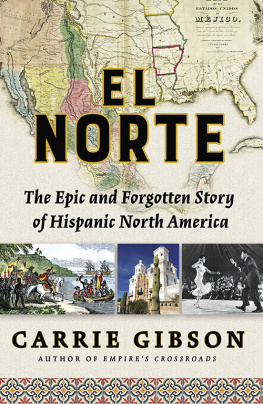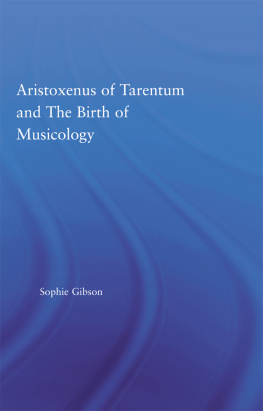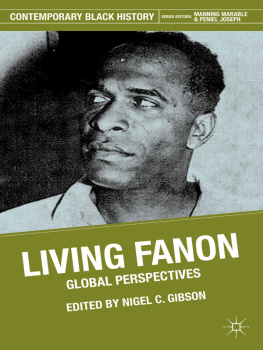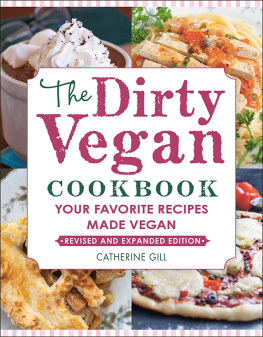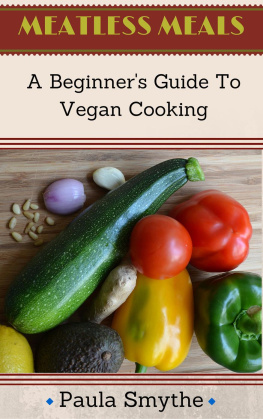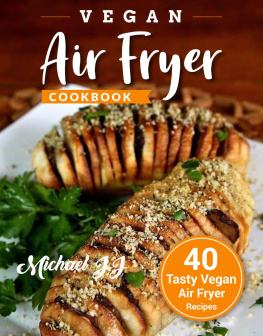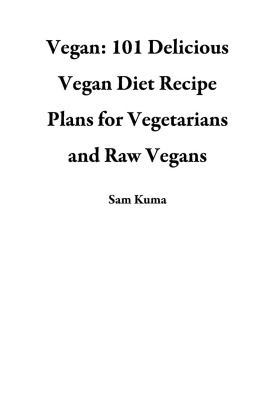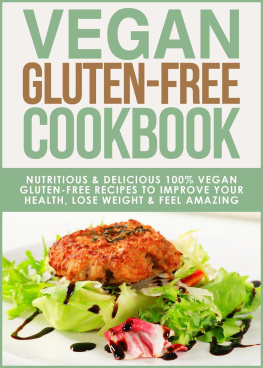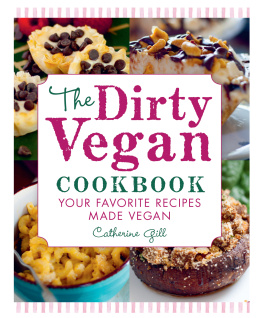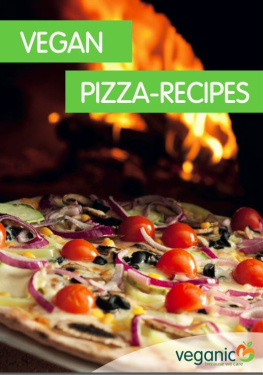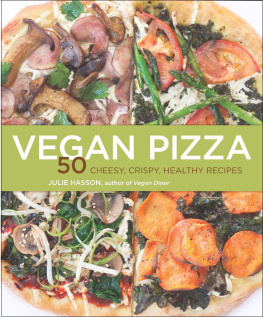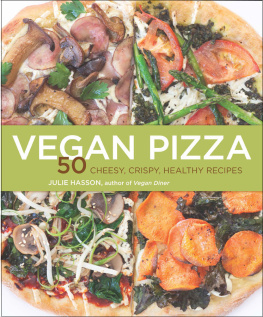Table of Contents
The Vegan Cookbook
With 100 combinable recipes from the basics to a healthy menu for long-term weight loss and activation of self-healing powers
(including a guide for a vegan pantry)
Author: Heidi Gibson
Contents
1 Introduction
A vegan diet is now known to everyone. This nutritional and somehow already way of life and attitude has managed to establish itself more and more in our society in recent years. A good sign that our society wants to get healthier. A good sign that our society places increasing value on healthy nutrition. And a good sign that our society recognizes that changes can be brought about with our own consumer behavior.
Whether for health reasons, intolerance to gluten and lactose or because it is recognized that the oversized consumption of meat, milk, eggs and other products from the supermarket is not good for us and our planet - the motives can be manifold. One thing is certain, however: a vegan diet that strictly eliminates any animal products is by far healthier for body, mind and soul.
The idea of having to eat completely without animal products seems unimaginable for many too; There is a misconception that consistent, health-conscious vegans have to go without so many delicacies.
With the following guide and cookbook, this misconception should be cleared of the world. Because eating vegan means one thing above all: variety on the menu ... and that in several ways. Vegan doesnt mean doing without, but making money. A gain in nutrient-rich diversity, healthy vitamins, important minerals and necessary trace elements. Because where bread was once only baked with wheat, vegans can now enjoy bread made from almond, coconut, chickpea and other flour alternatives. These are by far healthier and richer in nutrients than the wheat flour known to us, which is now also considered overbred, promotes gluten intolerance and is said to contain hardly any nutrients. Where once only cow's milk was used, vegans have the choice of aromatic variety in the form of spelled, rice, coconut, soy or oat milk. Nowadays one is no longer required to consume milk from unhappy cows with inflamed udders. You can decide. We can decide what is good for us and what standard we want for ourselves and our diet.
In the following, extensive alternatives are presented how it is now possible to pursue the desire for a healthy, vegan diet easily and without much effort. Whether you are looking for flour, milk, cheese or egg alternatives; You will find it in this cooking guide.
The health-promoting aspect of a vegan diet must also be emphasized at this point. Because with the right foods on the menu and on the plate, it is much easier for our body and organism to mobilize its own strength, to heal itself and to provide us with an excess of energy, vigor and good mood throughout the day. One aspect that is often forgotten should be emphasized: a vegan diet usually also means an alkaline diet. After all, the main suppliers, who are mostly responsible for acidification of the body and its cells, are not used. These are namely meat and all kinds of dairy products. And it is well known that pathogens, viruses, germs and bacilli grow and thrive many times better in an over-acidic environment than in a healthy acid-base balance. A vegan diet starts at this point. Avoiding highly acidic foods helps our body stay in the right balance. This seems interesting, especially from the aspect that even cancer cells primarily thrive in acid and with a vegan diet you definitely declare war on these disease cells in advance.
2 The basics of a vegan diet
Even if veganism has arrived in the middle of our society, those who are vegan are just at the beginning of their transition in front of a mountain of question marks. How can I substitute vegan milk for my coffee? Do I have to enjoy pizza without cheese now? Is it now forever: Never again cakes and biscuits because I don't want to eat an egg anymore? Does my sandwich always have to be without butter?
Questions that at first seem daunting and make you hesitate; The move to veganism also seems to be a significant restriction in the usual diet. It is certainly a cut. It is by no means a restriction.
Instead of wheat flour for baking, we present healthy alternatives below. Instead of cow's milk, we offer you a variety of options that make coffee, smoothie and muesli taste even better in the morning. Instead of doing without cakes, we offer egg alternatives that make every cake batter.
In addition to the individual alternatives, you will also find out which health benefits each product has, how it is good for you and your body and how you can strengthen your self-healing powers by consuming it.
Finally, we present an extensive collection of important basic recipes with which you are always on the vegan, safe side and with which you cover your nutritional needs extensively. Because vegans suffer from nutrient deficiencies faster because they forego meat, cheese and co. Is a myth that we will dispel with the individual recipes?
Immerse yourself in a new world of healthy nutrition and let yourself be taken on a culinary journey that will inspire your gourmet palate, numb your senses and promote your self-healing powers.
Have fun!
2.1 Types of flour: from amaranth to rice
In the past there was only wheat flour. The rye and wholemeal flour followed a little later. Two types of flour that have a higher nutritional content than wheat flour and should always be preferred as an alternative.
Today nobody wants the over-bred, nutrient-poor and gluten-rich wheat flour, even if it is by far the cheapest flour to buy in the supermarket. We need alternatives that supply our body with nutrients and minerals and do not withdraw them from our organism. Ultimately, excessive consumption of white flour can lead to an unbalanced insulin balance and thus to diabetes; one of the No. 1 widespread diseases in the Federal Republic of Germany ... and the wheat flour doesn't really keep you full for long.
Fortunately, these days the flour options are plentiful and we can choose the best for us from a wide variety of different products. It does not always have to be a flour made from grain. Legumes and nuts are also suitable as flour substitutes. Most of these are also gluten-free, high in protein and low in carbohydrates. But not every flour is equally suitable for baking a crispy bread or a fluffy sponge cake.
In the following we would like to present a small selection of various types of flour that are good in the pantry at home and with which bread, cakes, pizza, pasta and everything that the heart and stomach desires can be prepared. These alternatives are also healthy and also bring a certain variety of flavors to the table.
Amaranth is a very diverse, gluten-free and, above all, nutrient-rich flour that can be considered one of the oldest (pseudo) types of grain. Today the millet-like grain is traded as a new superfood that is used in many ways in the kitchen and provides us and our organism with important nutrients. The aroma is reminiscent of nuts. The nutrients it contains are absorbed and used very quickly by our body. Another advantage why amaranth is also finding its way into more and more European kitchens. The iron content of the ground grain is also not to be despised. A mineral that is particularly beneficial for pregnant women. If you want to use amaranth in the kitchen, it should be said in advance that when baking bread, amaranth can only be used proportionally with other flours. Because the amaranth flour lacks the adhesive force. With a dough of 500 g, it is possible to use 100 g of amaranth flour; but nothing more. Otherwise the bread won't rise. Baked goods, spicy flatbread or pancakes, on the other hand, can easily be made with amaranth flour. The flour also does a good job as a vegan sauce thickener and also brings a slightly exotic nutty note to the meal.


